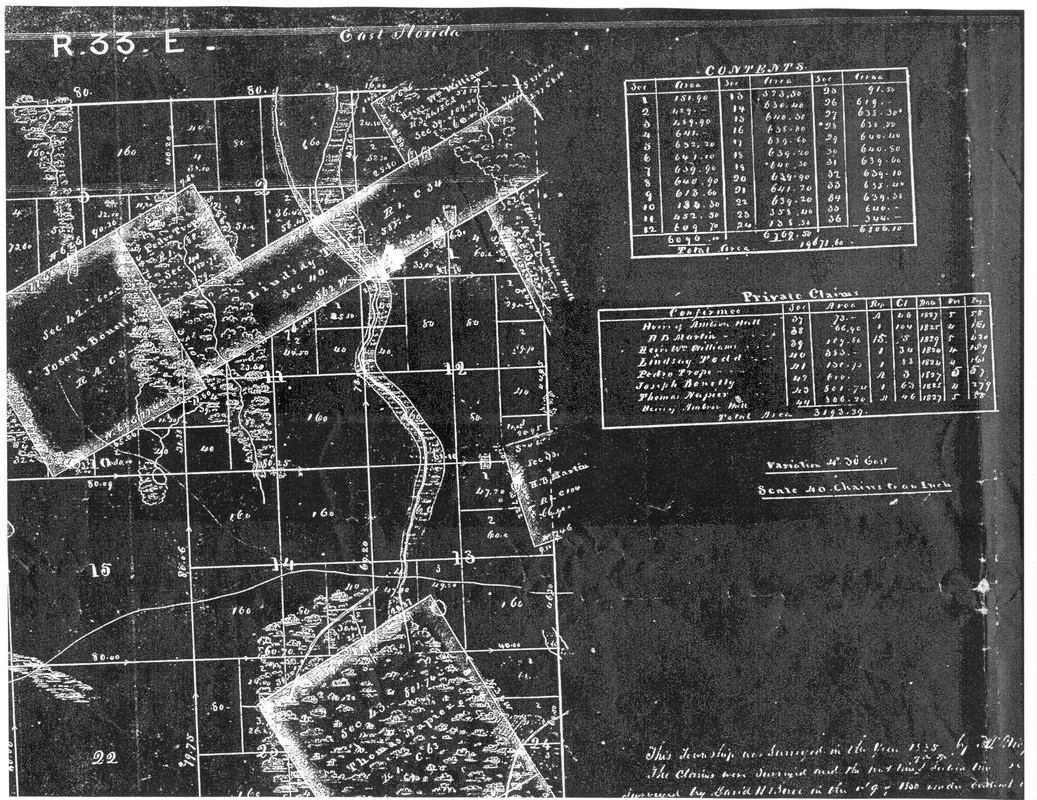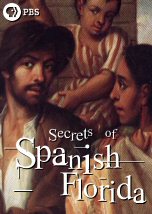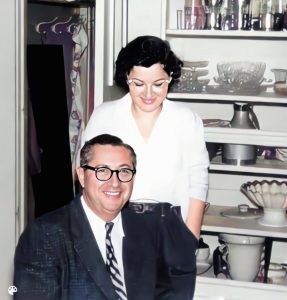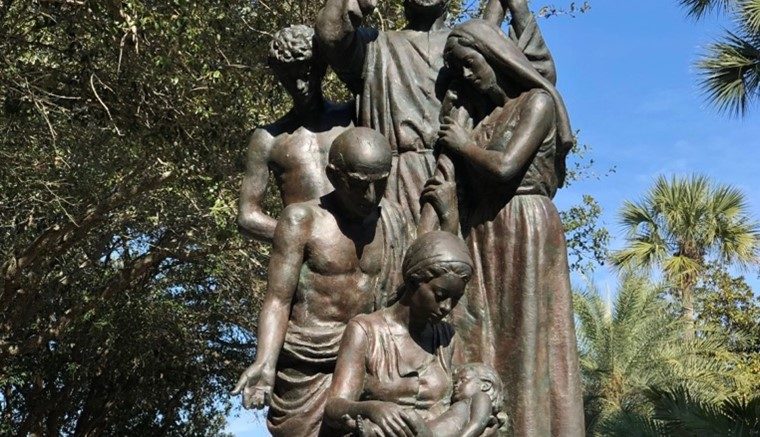Minorcan
Stories
Spoils of War
The article delves into the historical turbulence of 18th-century Florida, centering on the harrowing saga of the Bonelly family during the Second Spanish Period. Through Antonia Paula Bonelly’s captivity and eventual rescue, it unveils a tapestry of intricate interactions among Native American, Spanish, British, and American factions, against a backdrop of political flux and ever-changing allegiances.
Secrets of Spanish Florida
A Chapter of forgotten history. The first permanent European settlement in the United States was founded in 1565–two generations before the settlements in Jamestown and Plymouth–not by English Protestants, but by the Spanish and a melting pot of people they brought with them from Africa, Italy, Germany, Ireland and even converted Jews, who integrated almost immediately with the indigenous tribes.
Her French and Corsican Ancestry
Descendants of settlers from Mahón, Minorca, journeyed to New Smyrna in British East Florida, becoming known as Minorcans. They constituted the largest group of colonists transported to America during the colonial era. Today, descendants are seeking to locate their burial sites, aiming to reinter them at Tolomato Cemetery in St. Augustine. This effort honors their legacy and highlights their contributions, including reintroducing Catholicism to St. Augustine, underscoring the importance of remembering their role in American history.
Florida Road Trip – St. Augustine
On this edition of Florida Road Trip, we’re taking a journey to the nation’s oldest permanently settled city, St. Augustine. We visit some of Henry Flagler’s old hotels and see what the colonial period was like for the city. Plus, we learn about the Brave Minorcans from Dr. Darien Andreu at 11:22 of the video. All this and more on this St. Augustine edition of Florida Road Trip.
Gottlieb Mittelberger’s Journey
Gottlieb Mittelberger’s diary on his journey from Holland to Pennsylvania in 1754 is different from the journey of the Minorcans from Mahon to St. Augustine in 1768. However, the miseries he describes on board his vessel could reflect what the Minorcans went through on their voyage across the Atlantic Ocean. It is a good read on history of the time.
Florida in 1821 – A Small but Diverse Population
The new territory of Florida entered the American Union with a population that still represented the core of its colonial population under Spain. Although American settlers would quickly migrate to Florida in search of land – the population rose from 8,000 people to 34,730 in just 10 years – both Pensacola and St. Augustine retained much of their former character.
Exploring St. Augustine’s rich Minorcan heritage
The Minorcan presence in St. Augustine remains strong all over the city. The bridge connecting Vilano Beach and St. Augustine is named after Francis and Mary Usina who operated a tour boat. The statue next to the Cathedral Basilica is of Father Camps, the Minorcans’ spiritual leader who also preserved their eighteenth-century history.
The Minorcans’ Faithful Priest
Father Pedro Camps was a priest who accompanied the Minorcans recruited by Andrew Turnbull to work his indigo plantation in New Smyrna. Despite facing numerous difficulties and abuses, Father Camps held his congregation together and ministered to their spiritual needs with devotion and courage, communicating clandestinely with his bishop in Cuba. When the Minorcans could bear it no longer, Father Camps stayed behind to care for the sick and prepare the bodies of those who died for burial, and later became the only priest in town who could speak Mahonese, continuing to serve his congregation until his death in May of 1790.




%2Foldcity-5b0f4877fa6bcc0037aad0c9.jpg&f=1&nofb=1&ipt=ec74862aab02ef0fa2dce6b70bff754cdcf2963d96e2da7c8a9bb8877e278a6c&ipo=images)



